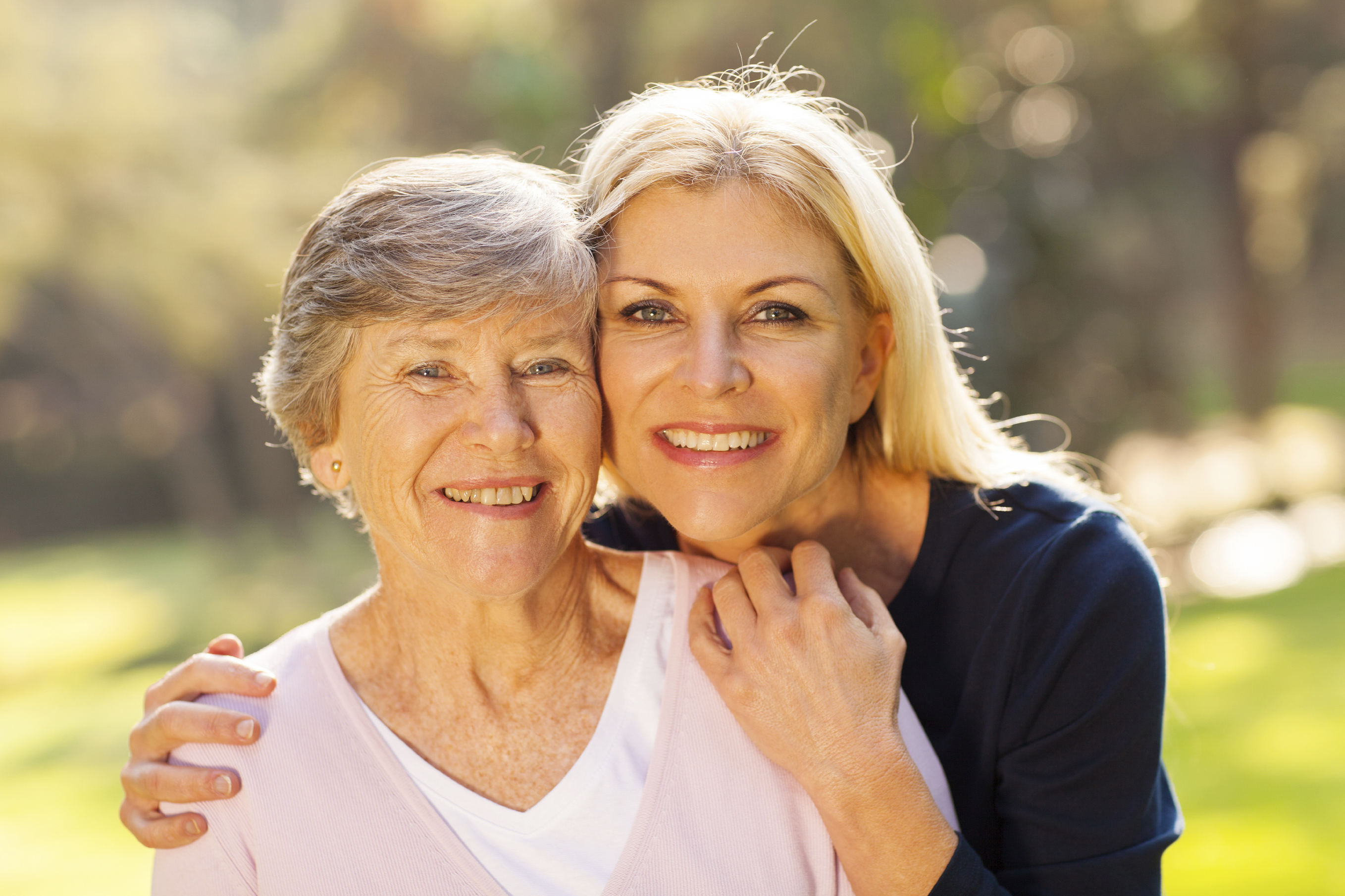AARP Hearing Center

By Anita Creamer
Sometimes, caregivers simply need advice and a referral – other times, they need a host of ongoing services. But whatever their needs, a truly “age-friendly” community not only supports care for its residents in need -- it also cares for the caregivers.
As the numbers rise, the need grows more compelling:
By 2020, fueled by the graying of the Baby Boom generation, the number of Americans 65 and older will increase to 55 million -- and 30 years later that number will grow to 88.5 million, or 20 percent of the nation’s population. Statistically speaking, California will age even more quickly than the rest of the nation, with the population 65 and older projected to double to 8.4 million by 2030.
Almost 90 percent of older adults want to age in place in the houses where they raised their kids and communities where they know their neighbors. But as Americans grow older, more than 90 percent cope with one chronic health condition, and almost 80 percent have two or more. And over time, many of them are likely to need some sort of assistance, if not round-the-clock care in a facility.
Already, 34 million unpaid caregivers across the country -- 4 million in California -- devote themselves to assisting their older loved ones, sometimes at considerable sacrifice to their careers and health. The average family caregiver is a 49-year-old female who provides 24 hours of assistance weekly, taking care not only of activities of daily living like bathing and dressing but also an increasingly complex array of medical needs.
“We were getting spousal caregivers 20 years ago,” said Kathleen Kelly, executive director of San Francisco-based Family Caregiver Alliance, which offers online caregiving seminars as well as assessments and referrals in six Bay Area counties. “Now half our calls are from adult children ages 45 to 65. Spousal caregivers circle the wagons and say everything’s OK, but their children will say, ‘Mom needs help.’”
“People want to talk to us about how to make caregiving decisions. They want to know they’re doing enough. You have to assure people they’re doing enough.”
To position the state to help caregivers now and in the future, the California legislature recently adopted a resolution to establish a statewide task force on family caregiving charged with developing recommendations on how to simplify access to the services and resources family caregivers need to best help aging loved ones.
In Los Angeles, St. Barnabas Senior Services is dedicated to helping an ethnically and culturally diverse population of lower-income older adults remain in their homes; and part of that mission involves helping family caregivers through support groups and respite care.
“We’ll see adult children drop off their parents at our two seniors centers,” said Rigo Saborio, executive director of St. Barnabas, which assists 18,000 older adults each year. “They know their loved one will be there socializing in a nurturing environment where they can have a nutritious meal.
“You can’t do it alone. There’s tremendous value in being able to connect with a community-based organization in the caregiving effort.”
In Sacramento, ACC Senior Services (formerly the Asian Community Center) offers a range of programs to support caregivers, including Bridge to Healthy Families, which reaches out to 70 caregivers a year, and the Friendly Visitor program, through which Legacy Corps volunteers spend time with older adults.
“With our elders, we think we know it already,” said ACC Senior Services’ chief executive officer, Donna Yee. “Then we’re caught off-guard because we don’t. People can think that caregiving is simple, but it’s the first step of a long journey. And then they think, ‘But what about my life?’
“We help caregivers not be so isolated and feel like they have no life.”
Every Tuesday, registered nurse Susan Carson works at Sacramento’s St. John’s Lutheran Church in its faith community nursing program, helping families with aging relatives find the care they need to remain living safely at home. She’ll do evaluations, provide resources and help support the homebound elderly so they remain connected.
Recently, with an older parishioner whose son lives out of town, “We were able to bring in home care for her,” said Carson, director of Dignity Health’s Health Care Ministry team of 30 faith community nurses. “We created a care team for her in the congregation. Members who have known her for years may bring her to church for events or just go and visit her.
“We create situations to make sure they’re not lost.”
Because sometimes, the community itself is the caregiver.
[LEARN ABOUT AARP’S CAREGIVER RESOURCES HERE.]
###































































